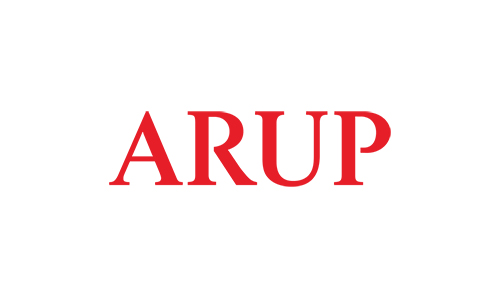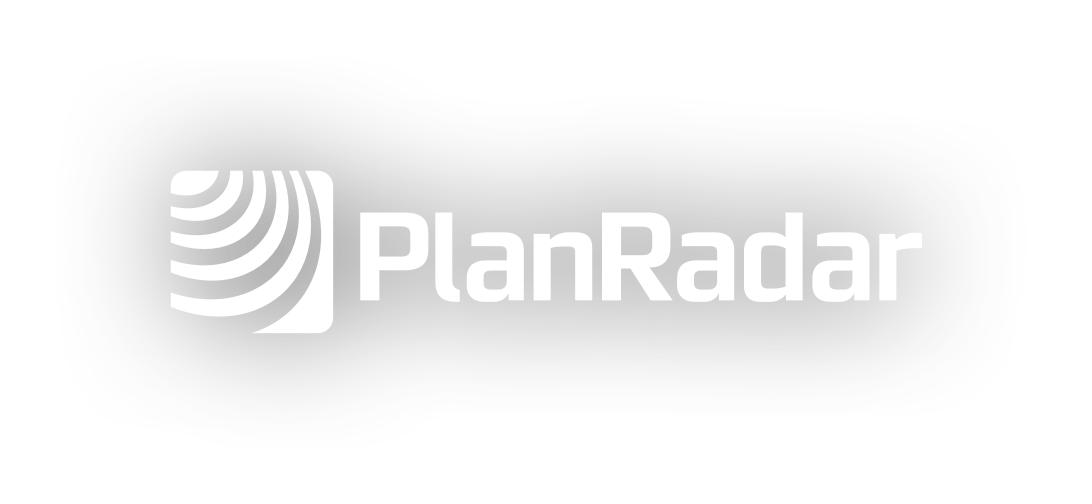
Contents:
- What Is Digital Construction?
- Benefits of Digital Construction for Sustainability
- How Digital Construction Can Make You More Sustainable
- Challenges and Future of Sustainable Digital Construction
- Conclusion
The construction industry is undergoing a seismic shift with the advent of digital construction. With advanced digital tools, the way we design, construct, and manage buildings is being revolutionised.
As cranes pierce the sky and concrete structures rise, critical questions loom over this transformative era:
Is digital construction a sustainable solution that can address the pressing environmental challenges faced by the industry?
Are we trading one set of challenges for another?
Is digital construction truly the key to a more sustainable future, or does it come with its own set of drawbacks and limitations?
This article explores the intersection of digital construction and sustainability, examining the potential benefits and challenges associated with this emerging field.
What Is Digital Construction?
With each pixel, line of code, and virtual blueprint, we are ushering in a new era of efficiency, precision, and speed.
Digital construction, also known as construction technology or construction 4.0, refers to the integration of digital tools, technologies, and processes in the construction industry.
It encompasses various software applications, hardware devices, and data-driven approaches that revolutionise traditional construction practices and enhance project delivery.
Digital construction includes the following:
- Building Information Modeling (BIM): BIM is a central component of digital construction. It involves creating a 3D virtual model that integrates architectural, structural, and MEP (mechanical, electrical, plumbing) data. BIM enables collaborative design, clash detection, visualisation, and efficient project coordination.
- Virtual Design and Construction (VDC): VDC combines BIM with advanced visualisation techniques to simulate construction processes and optimise project planning. It helps identify potential issues, improves communication, and enhances project sequencing.
- Cloud-based Collaboration: Digital construction relies on cloud-based platforms and collaboration tools such as PlanRadar that enable real-time sharing of project data, designs, and documentation among project stakeholders. This fosters seamless communication, enhances decision-making, and improves project coordination.
- Internet of Things (IoT): IoT involves connecting construction equipment, machinery, and tools to the internet, enabling data collection, remote monitoring, and predictive maintenance. IoT sensors and devices provide valuable insights into resource consumption, equipment performance, and safety conditions.
- Augmented Reality (AR) and Virtual Reality (VR): AR and VR technologies are used in digital construction for immersive project visualisation, virtual walkthroughs, and enhanced design reviews. These technologies enhance communication, improve design comprehension, and aid in identifying potential conflicts or design improvements.
- Robotics and Automation: Automation technologies, such as robotic systems and autonomous equipment, are increasingly utilised in construction sites. They streamline repetitive tasks, improve accuracy, and enhance safety.
Related reading: The Essential Guide to understanding Part L Compliance
Benefits of Digital Construction for Sustainability
The adoption of digital construction methods brings forth numerous benefits that contribute to a more sustainable built environment.
Reduced Carbon Footprint
One of the most noteworthy advantages of digital construction lies in its ability to substantially diminish the carbon footprint associated with the built environment, and PlanRadar contributes to this reduction.
By streamlining project workflows, fostering collaboration among stakeholders, and optimising construction processes, digital technologies mitigate environmental impact.
Efficient communication and coordination platforms contribute to the reduction of energy consumption, waste generation, and carbon emissions throughout the construction lifecycle.
Through virtual collaboration, cloud-based project management, and efficient supply chain practices facilitated by PlanRadar, digital construction paves the way for a more sustainable industry.
Improved Waste Management
Digital construction techniques revolutionise waste management in the industry. By utilising Building Information Modeling (BIM) and advanced software, construction professionals can optimise material usage, reducing waste generation and associated costs.
According to a study by Dodge Data & Analytics, companies using BIM report an average waste reduction of 15% compared to traditional construction methods.
Digital tools enable accurate material estimation, efficient inventory management, and improved collaboration, leading to minimise waste and enhanced sustainability.
Energy-Efficient Building Designs
Digital construction empowers architects and engineers to design energy-efficient buildings from the outset. Through sophisticated software simulations and energy modelling, professionals can optimise building orientation, insulation, lighting, and HVAC systems.
This approach ensures buildings are designed to maximise energy efficiency and reduce their carbon footprint. A recent study revealed that implementing digital design techniques can achieve energy savings of up to 30% in buildings.
By leveraging digital technologies, construction teams can create sustainable structures that significantly reduce energy consumption, lower operating costs, and minimise gree nhouse gas emissions.
Enhanced Monitoring of Resource Consumption
Digital construction allows for real-time monitoring and tracking of resource consumption during the construction process. Internet of Things (IoT) devices and sensors embedded in buildings enable data collection on energy usage, water consumption, and overall resource utilisation.
This data provides valuable insights to identify inefficiencies, optimise resource allocation, and make informed decisions for sustainability improvements.
By leveraging these insights, construction teams can implement targeted strategies to reduce resource consumption, enhance operational efficiency, and promote sustainable practices throughout the project lifecycle.
How Digital Construction Can Make You More Sustainable
Digital construction, with its advanced tools and technologies, has the potential to transform the construction industry into a more sustainable and environmentally conscious sector.
Here’s how digital construction can contribute to sustainability across various aspects of the construction process:
Digital Modeling and Simulation
One of the key ways digital construction contributes to sustainability is through digital modelling and simulation techniques. Building Information Modeling (BIM) allows for the creation of virtual 3D models that simulate the construction project.
This enables better visualisation, clash detection, and optimization of design elements. Through simulation tools, environmental impact can be analysed, leading to energy performance assessments, daylighting studies, and materials optimization.
These simulations enable the identification of sustainable design alternatives and the reduction of carbon emissions.
Smart Building Technologies
The integration of smart building technologies plays a significant role in making construction projects more sustainable.
IoT devices and sensors can be incorporated to enable real-time monitoring and control of building systems. This includes energy management, lighting control, HVAC optimization, and occupancy sensing.
By gathering data on energy consumption, water usage, and indoor air quality, smart technologies allow for proactive measures to reduce resource consumption and enhance energy efficiency.
Enhancing Project Planning
Digital tools like PlanRadar facilitate efficient project planning by enabling precise scheduling, resource allocation, and supply chain management. This minimises delays, optimises transportation routes, and reduces unnecessary resource wastage.
Additionally, digital construction allows for better assessment and selection of sustainable materials, considering factors such as recycled content, durability, and environmental impact.
By integrating sustainable considerations into project planning, construction professionals can reduce the environmental footprint of their projects.
Sustainable Resource Management
Digital construction enables accurate tracking and monitoring of resource utilisation, such as energy, water, and materials. Real-time data collection and analysis allow for better resource management and optimization.
By identifying inefficiencies and areas for improvement, construction professionals can reduce waste generation and implement sustainable practices.
For example, monitoring energy usage patterns can lead to energy-saving initiatives and the use of renewable energy sources.
Better Collaboration and Communication
Digital construction platforms facilitate seamless collaboration and communication among project stakeholders. This improves coordination and decision-making, reducing errors, rework, and project delays.
Effective communication ensures that sustainability goals are effectively conveyed and implemented throughout the construction process. This includes sharing sustainable design considerations, material sourcing, and waste management strategies.

“PlanRadar has enabled our site inspection teams to gather site data quickly and efficiently, whilst significantly reducing the time required to process and present this data. There is huge potential to utilise PlanRadar further in the 3D-sphere and provide our clients with the best possible service.”
How PlanRadar Can Make You More Sustainable
PlanRadar, a leading digital construction platform, offers several ways to enhance sustainability in the construction industry.
Firstly, it enables improved waste management by digitising documentation and facilitating streamlined communication, reducing paper usage and minimising waste generation.
Secondly, PlanRadar supports energy-efficient building designs by integrating BIM models, allowing for efficient planning and optimising energy consumption throughout the building’s lifecycle.
PlanRadar enhances project planning by providing real-time collaboration and data sharing, enabling teams to identify sustainable construction alternatives and make informed decisions. It also promotes sustainable resource management by tracking and monitoring resource consumption, such as materials and equipment, to minimise waste and optimise resource utilisation.
Challenges and Future of Sustainable Digital Construction
Sustainable digital construction is gaining momentum, but it faces challenges while holding promising potential for the future. The challenges include the need for widespread adoption and awareness of sustainable practices, effective data management and integration, and the development of skills and training to maximise the benefits of digital tools.
Overcoming these challenges requires industry-wide acceptance and investment in technology, along with educational initiatives.
Automation and artificial intelligence (AI) will play a crucial role, enabling the automation of processes, optimization of resource utilisation, and improved decision-making. Real-time performance monitoring using IoT sensors and data analytics will provide valuable insights for enhancing sustainability throughout the construction phase and the building’s lifecycle.
The integration of sustainable material tracking and certification within digital platforms like PlanRadar will enable informed choices and the prioritisation of eco-friendly materials. Collaboration and knowledge sharing will foster innovative sustainable design and construction strategies.
Conclusion
Sustainability holds utmost importance in the construction industry as we strive to create a greener and more environmentally friendly future. The emergence of digital construction has provided us with a powerful tool to address sustainability challenges head-on.
By embracing digital technologies like PlanRadar, construction professionals can revolutionise their practices and promote sustainability throughout the project lifecycle. From improved waste management to energy-efficient building designs, digital construction offers a range of solutions that can minimise environmental impact.
Therefore, it is crucial for the industry to adopt and integrate digital construction practices, harnessing their potential to create a more sustainable built environment.
To embrace this transformative technology and unlock the benefits of digital construction, we encourage you to explore PlanRadar and discover how it can improve your construction projects.

Are you ready for Part L?
Find out how PlanRadar can help you achieve compliance.
Part L Fact Sheet

